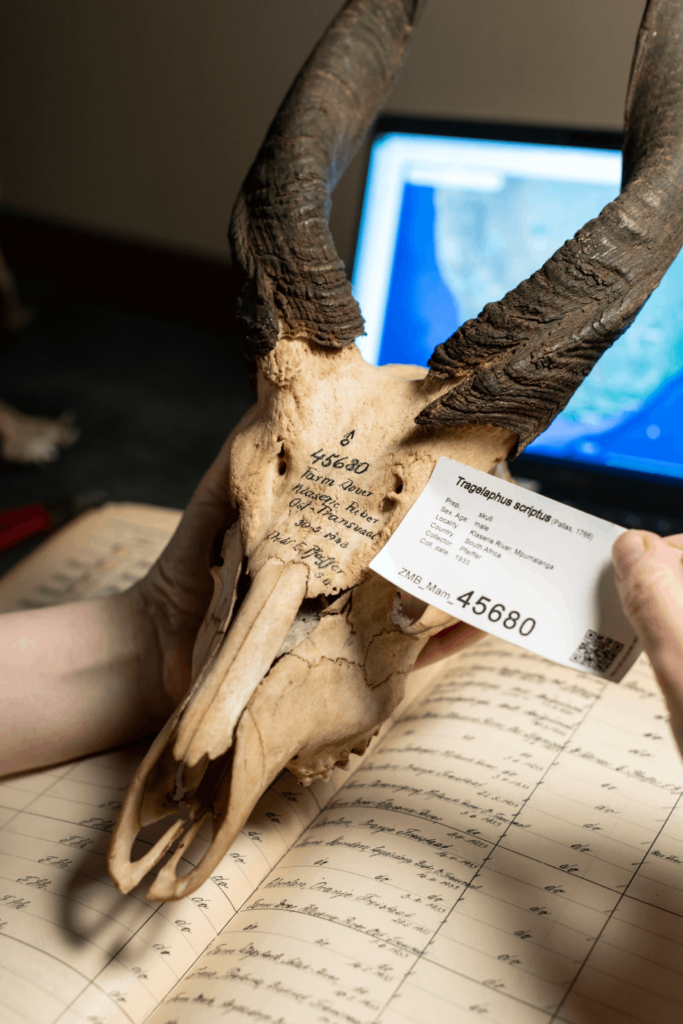In order to compare or analyze poems data sets, they need to be put into a structure. There are various ways to do this: a series of bullet points under a heading, a list or a table can be written in any notebook, they are easily accessible. It is the systematic nature of the documentation that turns unstructured data into structured data records.
By the time we want to process our data records electronically, our objects (lists, index cards, tables) will have to be digitized – i.e. converted into a format that a computer program can process.
Incidentally, this also applies to data collections that cannot be “touched” by hand, such as climate data or animal sounds. (It is no coincidence that many modern programming languages are “object-oriented”, i.e. they work with data constructs that have properties and capabilities/methods).
Such complex relationships are often mapped in databases that link several tables, e.g. of different objects. If we use a standardized terminology for properties and values, even large amounts of data can be compared and linked to other data.

This makes it possible to compare large amounts of data and data sets (e.g. by size or weight), link them with other data sets (e.g. with climate data at the location where they were found) and analyze them. The results can be visualized automatically and comprehensibly. This allows questions to be answered that previous generations of researchers could not even ask.
At WiNoDa, we want to support our community in working with large amounts of data and complex data structures. To this end, we create courses on finding, cleaning, digitizing and analyzing natural history object data and also provide support for publication and scientific communication.
For more data literacy – because anyone can learn it.
Animal sound archive of the Museum für Naturkunde Berlin: https://suche.tierstimmenarchiv.de/?language=english

As an academic staff at the DAI, my main responsibility for WiNoDa lies in the creation of self-study courses on discipline-specific data literacy.
Hands-on and interactive – my goal is: less technical jargon, more “aha” moments.
Because we are all working with data!
